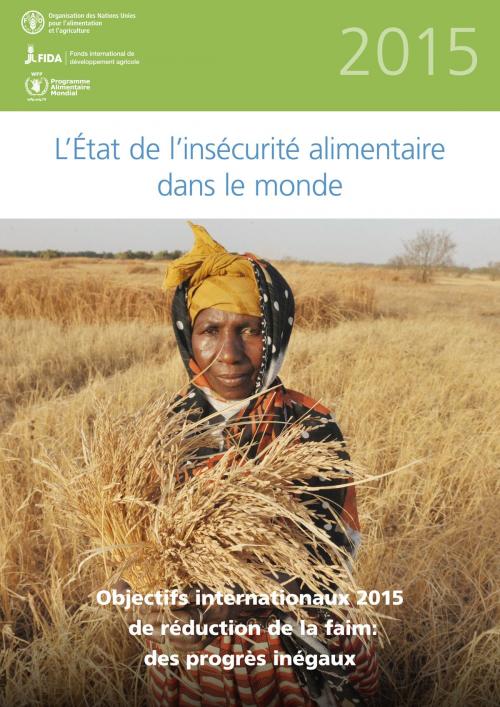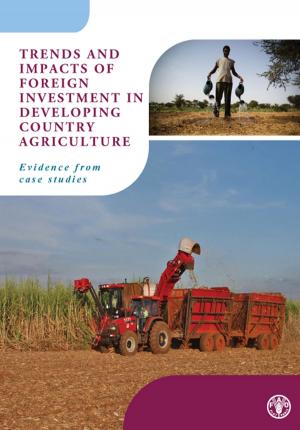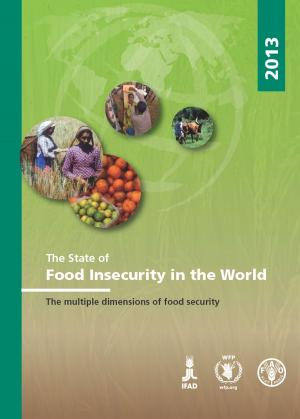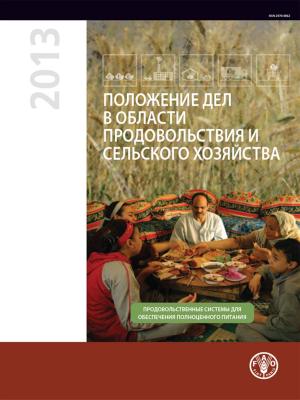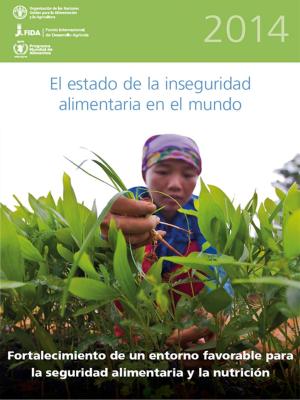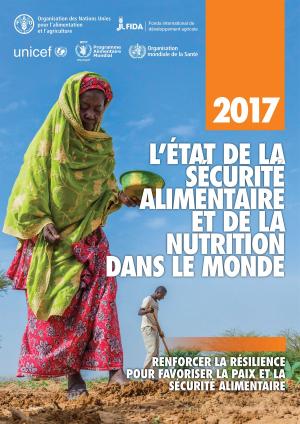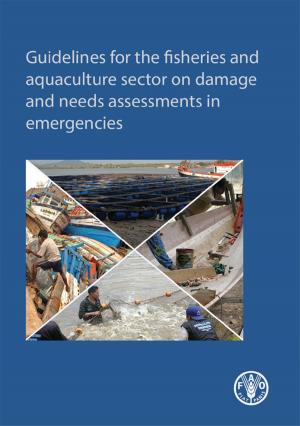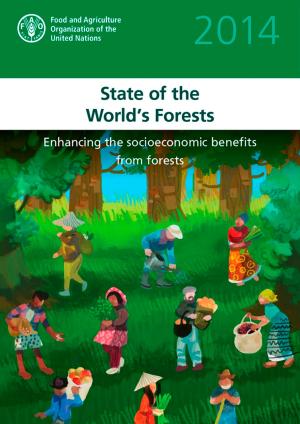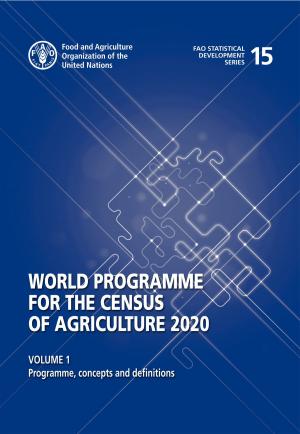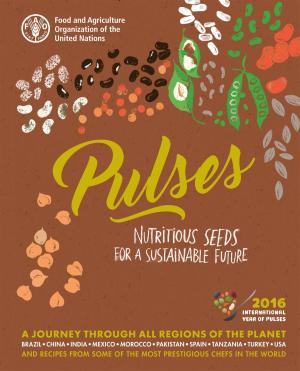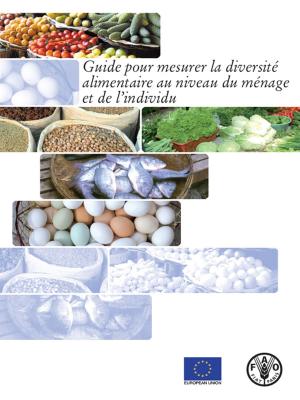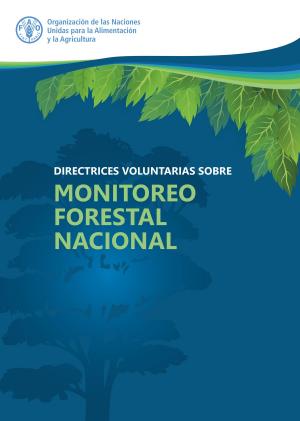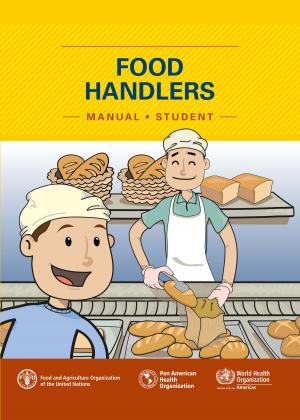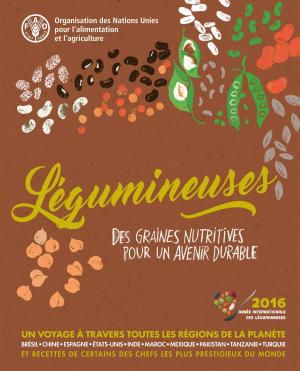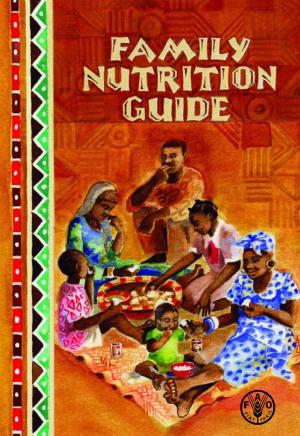L'état de l’insécurité alimentaire dans le monde 2015
Nonfiction, Social & Cultural Studies, Social Science| Author: | Food and Agriculture Organization of the United Nations | ISBN: | 9789252087854 |
| Publisher: | Food and Agriculture Organization of the United Nations | Publication: | July 16, 2015 |
| Imprint: | Smashwords Edition | Language: | French |
| Author: | Food and Agriculture Organization of the United Nations |
| ISBN: | 9789252087854 |
| Publisher: | Food and Agriculture Organization of the United Nations |
| Publication: | July 16, 2015 |
| Imprint: | Smashwords Edition |
| Language: | French |
Le rapport 2015 sur L’État de l’insécurité alimentaire dans le monde fait le point des progrès accomplis vers les objectifs de réduction de la faim définis au niveau international – le premier objectif du Millénaire pour le développement (OMD) et l’objectif du Sommet mondial de l’alimentation – et s’interroge sur ce qui doit être fait pour accompagner la transition vers le nouveau programme de développement durable pour l’après-2015. On trouvera dans la présente édition une analyse des progrès accomplis depuis 1990 dans chaque pays et chaque région, et dans l’ensemble du monde. Les progrès dans la réalisation de la cible du premier objectif des OMD ne sont pas mesurés seulement au regard de la sous-alimentation et de la faim. On prend aussi en considération un deuxième indicateur: la prévalence de l’insuffisance pondérale chez les enfants de moins de cinq ans. Une analyse de ces deux indicateurs et de leur évolution dans le temps et à l’échelle des régions permet d’appréhender la sécurité alimentaire dans sa complexité. Même si, globalement, des améliorations ont été obtenues, il reste encore beaucoup à faire pour éliminer la faim et instaurer la sécurité alimentaire dans toutes ses dimensions. L’édition 2015 ne donne pas seulement une idée des progrès déjà accomplis. On y recense également les problèmes qui persistent et on y formule des recommandations sur les politiques qu’il faudrait privilégier dans l’avenir. Les facteurs qui à ce jour ont le plus contribué à une plus grande sécurité alimentaire et à une meilleure nutrition sont mis en avant. La liste de ces facteurs – la croissance économique, l’augmentation de la productivité agricole, les marchés (et notamment le commerce international) et la protection sociale – n’est en aucun cas exhaustive. On constate aussi que les crises prolongées, dues à des conflits ou à des catastrophes naturelles, freinent la marche vers l’élimination de la faim.
Le rapport 2015 sur L’État de l’insécurité alimentaire dans le monde fait le point des progrès accomplis vers les objectifs de réduction de la faim définis au niveau international – le premier objectif du Millénaire pour le développement (OMD) et l’objectif du Sommet mondial de l’alimentation – et s’interroge sur ce qui doit être fait pour accompagner la transition vers le nouveau programme de développement durable pour l’après-2015. On trouvera dans la présente édition une analyse des progrès accomplis depuis 1990 dans chaque pays et chaque région, et dans l’ensemble du monde. Les progrès dans la réalisation de la cible du premier objectif des OMD ne sont pas mesurés seulement au regard de la sous-alimentation et de la faim. On prend aussi en considération un deuxième indicateur: la prévalence de l’insuffisance pondérale chez les enfants de moins de cinq ans. Une analyse de ces deux indicateurs et de leur évolution dans le temps et à l’échelle des régions permet d’appréhender la sécurité alimentaire dans sa complexité. Même si, globalement, des améliorations ont été obtenues, il reste encore beaucoup à faire pour éliminer la faim et instaurer la sécurité alimentaire dans toutes ses dimensions. L’édition 2015 ne donne pas seulement une idée des progrès déjà accomplis. On y recense également les problèmes qui persistent et on y formule des recommandations sur les politiques qu’il faudrait privilégier dans l’avenir. Les facteurs qui à ce jour ont le plus contribué à une plus grande sécurité alimentaire et à une meilleure nutrition sont mis en avant. La liste de ces facteurs – la croissance économique, l’augmentation de la productivité agricole, les marchés (et notamment le commerce international) et la protection sociale – n’est en aucun cas exhaustive. On constate aussi que les crises prolongées, dues à des conflits ou à des catastrophes naturelles, freinent la marche vers l’élimination de la faim.
